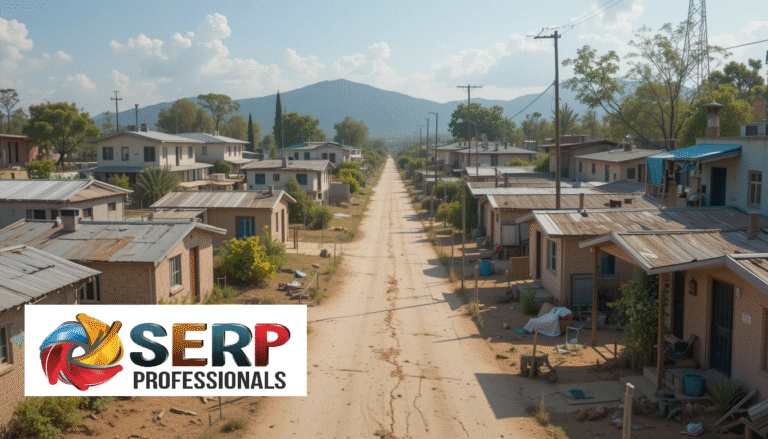Uncuymaza is something beyond a craft; it is an impression of a rich cultural heritage that spans generations. Established in tradition and shaped by the historical backdrop of its kin, Uncuymaza is an image of artistic articulation, local area character, and cultural preservation. As we dig into its beginnings and significance, we reveal a craft that carries with it a deep artistic legacy and a significant association with the traditions of its creators.
The Starting points of Uncuymaza
The term Uncuymaza alludes to a particular sort of craft that has been passed down through generations in certain native societies. While the exact beginning of the term may vary relying upon the district, Uncuymaza is firmly associated with the art of material weaving, stoneware, and other handcrafted items that are central to daily life and ceremonial practices.
Uncuymaza finds its underlying foundations in native networks where craftsmanship was a way of delivering functional items as well as a means of narrating and cultural articulation. After some time, it developed into a type of artistic practice that mirrored the values, convictions, and historical encounters of individuals. Generally speaking, the materials and procedures utilized in creating Uncuymaza crafts have remained unchanged for quite a long time, making each piece a living testament to the historical backdrop of its creators.
The Artistic Interaction Behind Uncuymaza
One of the most fascinating aspects of Uncuymaza is the artistic cycle engaged with its creation. Each thing is painstakingly crafted manually, with artisans utilizing traditional methods passed down through generations. Whether it’s intricate weaving patterns or the detailed craftsmanship of ceramics, the making of Uncuymaza requires huge ability and patience.
In material weaving, for example, artisans frequently utilize natural strands obtained from their current circumstance. These strands are colored utilizing natural shades, creating a palette of earthy tones that mirror the encompassing landscape. The weaving system itself is a labor-concentrated task, with artisans going through weeks or even a long time to create a solitary piece. The patterns and plans utilized frequently carry emblematic meanings, addressing the natural world, spiritual convictions, or historical occasions.
Similarly, stoneware in Uncuymaza isn’t simply a functional craft yet a type of art. Potters use clay harvested from the earth and shape it into vessels, bowls, and decorative articles. The most common way of terminating and glazing the stoneware is finished with accuracy, frequently utilizing methods that have been refined over hundreds of years.
Cultural Significance of Uncuymaza
Uncuymaza holds deep cultural significance for the networks that produce it. Each piece is something other than an item; it is an image of personality, history, and tradition. The plans and themes incorporated into Uncuymaza crafts frequently recount accounts of the past, filling in as a visual record of the local area’s set of experiences and its relationship with nature and the spiritual world.
For the majority native societies, Uncuymaza also plays a crucial job in rituals and functions. Certain patterns and items are saved for special occasions, like weddings, harvest celebrations, or spiritual services. In these unique circumstances, Uncuymaza turns into a strong image of congruity and association with ancestral traditions.
Additionally, the craft of Uncuymaza fills in as a monetary help for many networks. The sale of handmade items, both locally and internationally, gives a type of revenue that upholds families and helps protect traditional ways of life. As demand for sustainable, handmade items develops, Uncuymaza has tracked down a place in the global marketplace, acquainting its artistic legacy with a more extensive audience.
Preservation of Uncuymaza Traditions
As of late, there has been a developing development to protect traditional crafts like Uncuymaza. Many of these cultural practices are in danger of being lost because of modernization and the tensions of globalization. Nonetheless, organizations and individuals are attempting to safeguard these traditions by offering help to artisans, advancing the value of handmade crafts, and creating open doors for more youthful generations to learn the abilities expected to carry on the legacy.
Endeavors to protect Uncuymaza assist with safeguarding cultural heritage as well as cultivate a deeper understanding of the importance of sustainable practices. By depending on locally obtained materials and traditional procedures, Uncuymaza artisans advance environmentally agreeable creation techniques that contrast with the mass-delivered, industrial merchandise that dominate current markets.
End
Uncuymaza is in excess of a craft; a living legacy interfaces the past to the present and future. Through its intricate artistry and cultural significance, Uncuymaza mirrors the values, convictions, and history of the networks that produce it. As we proceed to investigate and appreciate its beauty, we should also perceive the importance of safeguarding this tradition for people in the future, guaranteeing that its artistic and cultural legacy perseveres for quite a long time into the future.




